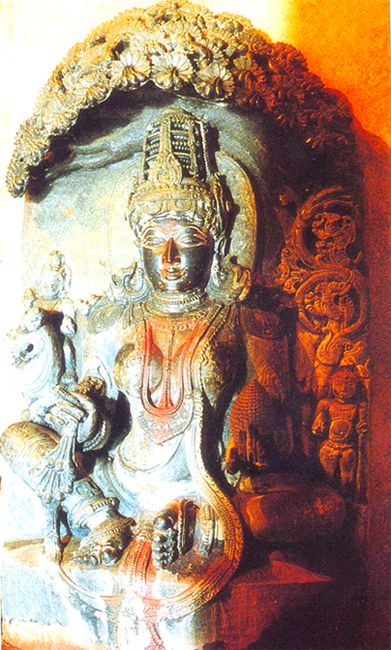Home » Biographical » Historical figures admired by Swami
Category Archives: Historical figures admired by Swami
Akbar
(b. Oct 15, 1542 – d. Oct 27, 1605)
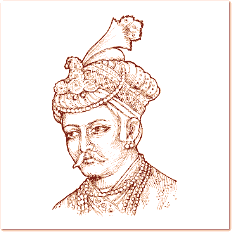
It was Akbar of whom he (Vivekananda) would tell, almost with tears in his voice, and a passion easier to understand, beside that undomed tomb, open to sun and wind, the grave of Secundra at Agra.
Gautama Buddha

Sister Nivedita wrote of the Swami and Buddha…
That was a great hour indeed, when he spoke of Buddha; for, catching a word that seemed to identify him with its anti-Brahminical spirit, an uncomprehending listener said, “Why Swami, I did not know that you were a Buddhist!”
Genghis Khan
(or Chenghiz Khan, the conqueror from Central Asia
b. c. 1165 – d. Aug 18, 1227 )

Vivekananda said (1898), “You hear people talk of him as a vulgar aggressor but that is not true! They are never greedy or vulgar, these great souls ! He was inspired with the thought -of unity, and he wanted to unify his world.”
(Notes of some wanderings with the Swami Vivekananda by Sister Nivedita )
David Hare
Sister Nivedita wrote “(Along) with (Vidyasagar) as one of the educators of Bengal, the Swami coupled the name ofDavid Hare, the old Scotsman and atheist to whom the clergy of Calcutta refused Christian burial. He had died of nursing an old pupil through cholera. So his own boys carried his dead body and buried it in a swamp, and made the grave a place of pilgrimage. That place has now become College Square, the educational centre and his school is now within the University. And to this day, Calcutta students make pilgrimage to the tomb.”
Jesus Christ
(Christ the Messenger: Delivered at Los Angeles, California on January 7, 1900)

The wave rises on the ocean, and there is a hollow. Again another wave rises, perhaps bigger than the former, to fall down again, similarly, again to rise–driving onward. In the march of events, we notice the rise and fall, and we generally look towards the rise, forgetting the fall. But both are necessary, and both are great. This is the nature of the universe. Whether in the world of our thoughts, the world of our relations in society, or in our spiritual affairs, the same movement of succession, of rises and falls, is going on. Hence great predominances in the march of events, the liberal ideals, are marshalled ahead, to sink down, to digest, as it were, to ruminate over the past–to adjust, to conserve, to gather strength once more for a rise and a bigger rise.
Giuseppe Mazzini
(b.June 22, 1805 – d.March 10, 1872)
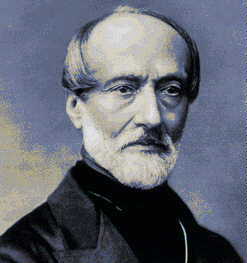
Italy: “greatest of the countries of Europe, land of religion and of art; alike of imperial organization and of Mazzini ;—mother of ideas, of culture, and of freedom !
Raja Ram Mohun Roy
(b. May 22, 1772 – d. Sep 27, 1833)
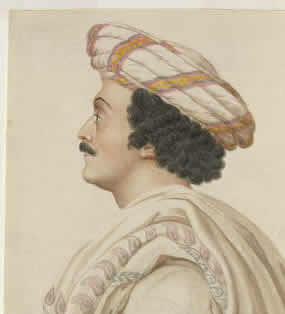
(Swami Vivekananda) “pointed out three things as the dominant notes of (Ram Mohun Roy) message: his acceptance of the Vedanta, his preaching of patriotism, and the love that embraced the Mussulman equally with the Hindu.
Shah Jahan
(b. Jan 5, 1592 – d. Jan 22, 1666)
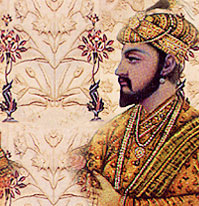
Swami Vivekananda on Shah Jahan, (who had the Taj Mahal built) ” Ah! he was the glory of his line ! A feeling for, and discrimination of beauty that are unparalled in history. And an artist himself! I have seen a manuscript illuminated by him, which is one of the art-treasures of India . What a genius!”
Sir Philip Sidney
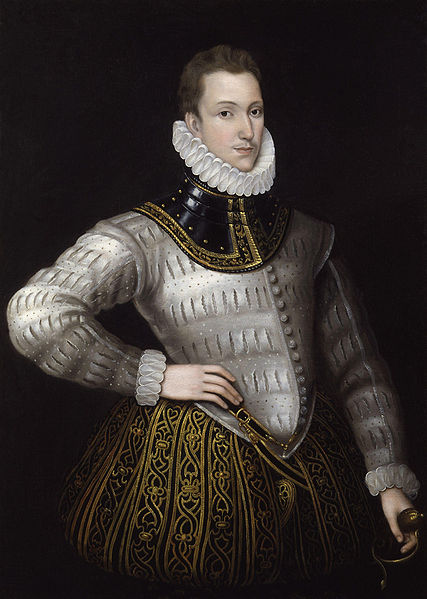
Sir Philip Sidney (1554-1586): English poet, soldier and politician.
As I grow older I find that I look more and more for greatness in little things. I want to know what a great man eats and wears, and how he speaks to his servants. I want to find a Sir Philip Sidney greatness! Few men would remember the thirst of others, even in the moment of death. — Swami Vivekananda.
